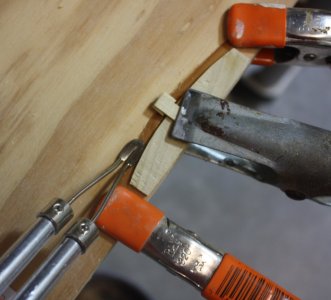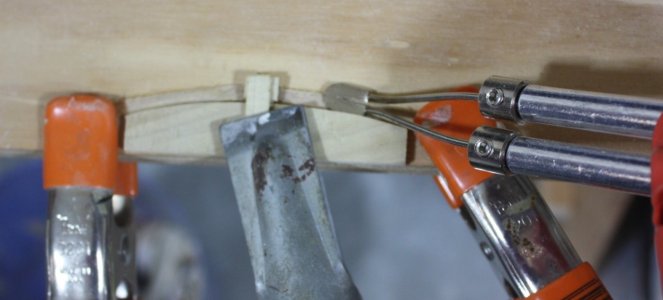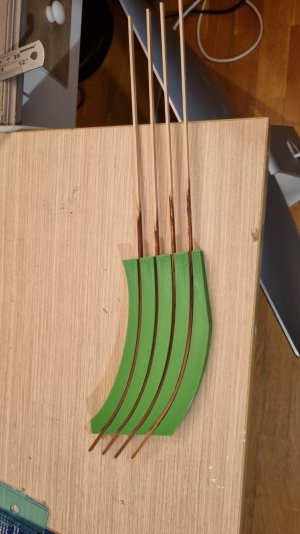- Joined
- Dec 23, 2024
- Messages
- 127
- Points
- 78

An easy question for you experts to answer please.
I have an Electric plank bender and as you would expect I got better the more I used it, but there is another type of plank bender and it looks like a crimping tool.
When using the electric plank bender I got used to it and was able to bend the plank to curve upwards instead of a straight line which is what you need when you get to the bow and the stern.
Can you achieve a curved upwards plank with the crimp type ? Hopefully this makes sense.
I have an Electric plank bender and as you would expect I got better the more I used it, but there is another type of plank bender and it looks like a crimping tool.
When using the electric plank bender I got used to it and was able to bend the plank to curve upwards instead of a straight line which is what you need when you get to the bow and the stern.
Can you achieve a curved upwards plank with the crimp type ? Hopefully this makes sense.









